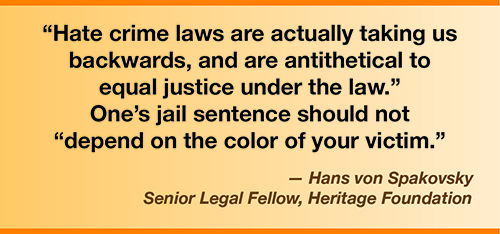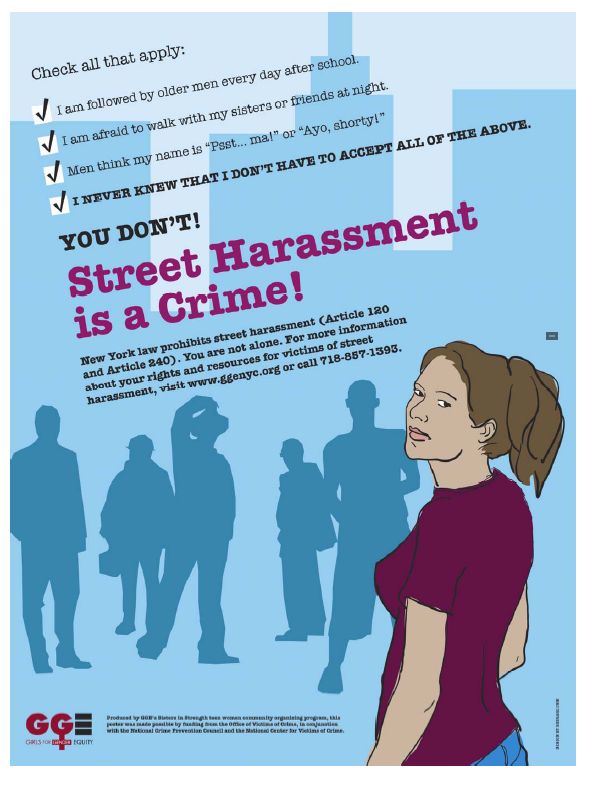UK Retail Leadership Approaches Gender Parity Amidst Broader Inclusion Challenges
The British Retail Consortium (BRC) and The MBS Group have released their latest Diversity & Inclusion report, revealing that UK retail boards are nearing gender parity, with women now occupying 47% of board seats. This reflects a significant increase from 32% five years prior, marking substantial progress towards Sustainable Development Goal (SDG) 5: Gender Equality.
Gender Equity Progress and Broader Inclusion Gaps
Tracking data over five years indicates a clear upward trend in gender equity within senior retail leadership, including board, executive committee, and senior roles. This progress aligns with SDG 8: Decent Work and Economic Growth, as it promotes inclusive and equitable quality employment.
- Internal development strategies supporting this progress include:
- Leadership pipelines
- Mentoring programs
- Initiatives addressing menopause and employee wellbeing
However, the report highlights disparities in other diversity dimensions, which relate to SDG 10: Reduced Inequalities:
- Ethnic minority representation on retail boards declined from 12% to 8% in the past year.
- LGBTQ+ representation at senior levels decreased from 67% to 58%.
- Disabled representation remains low at 15%.
Elliott Goldstein, Managing Partner at The MBS Group, emphasized the necessity for a broader inclusion push to ensure lasting change, especially given current geopolitical challenges.
Employee Inclusion Index Reveals Workplace Inequality
The Employee Inclusion Index, derived from Retail Trust’s Better You platform, indicates that many employees, particularly those identifying as Black, African, Caribbean, disabled, or those who choose not to disclose their gender, experience low levels of belonging. This gap between leadership diversity and employee experience underscores the need for inclusive workplace cultures, supporting SDG 8 and SDG 16: Peace, Justice, and Strong Institutions.
Helen Dickinson, CEO of the BRC, stressed that “all employees must feel a sense of belonging to be productive and power a business to a successful future.”
Diversity & Inclusion Strategies and Executive Accountability
Nearly 90% of UK retailers have formal diversity and inclusion (D&I) strategies, a slight decrease from 98% the previous year. The BRC’s D&I Charter, launched in 2021 and now endorsed by nearly 90 signatories, has been instrumental in advancing sector-wide progress. The Charter commits to six core areas, including:
- CEO oversight
- Inclusive recruitment
- Leadership accountability
Leadership engagement and CEO accountability remain critical drivers for sustained cultural change, reinforcing the importance of SDG 17: Partnerships for the Goals, through collaborative leadership.
Dickinson emphasized that continuous reflection and resilience are essential for achieving true diversity and inclusion within the retail sector.
Implications for UK Retail and Sustainable Development Goals
The report confirms significant strides toward gender parity in UK retail leadership, with women holding 47% of board seats and approximately 44% of executive roles, advancing SDG 5. However, progress in ethnic, disability, and LGBTQ+ representation, as well as workplace inclusion, remains insufficient, highlighting ongoing challenges related to SDG 10.
Key challenges and recommendations include:
- Closing the gap between leadership diversity and employee inclusion experiences.
- Enhancing accountability mechanisms across all levels of retail organizations.
- Expanding outreach and inclusion initiatives to underrepresented groups.
- Maintaining sustained leadership commitment to diversity and inclusion goals.
Achieving these objectives is critical to ensuring that boardroom diversity translates into equitable and inclusive workplaces, supporting the broader UN Sustainable Development Agenda.
1. Sustainable Development Goals (SDGs) Addressed or Connected
- SDG 5: Gender Equality
- The article highlights significant progress towards gender parity in UK retail leadership, with women holding nearly half of board seats and senior roles.
- SDG 8: Decent Work and Economic Growth
- Focus on inclusive workplace culture, employee inclusion, and wellbeing initiatives aligns with promoting productive employment and decent work for all.
- SDG 10: Reduced Inequalities
- The article discusses challenges in ethnic minority, LGBTQ+, and disability representation at senior levels, highlighting the need to reduce inequalities within the workplace.
- SDG 16: Peace, Justice and Strong Institutions
- Emphasis on leadership accountability and formal diversity and inclusion strategies supports building effective, accountable institutions.
2. Specific Targets Under Those SDGs
- SDG 5: Gender Equality
- Target 5.5: Ensure women’s full and effective participation and equal opportunities for leadership at all levels of decision-making in political, economic, and public life.
- SDG 8: Decent Work and Economic Growth
- Target 8.5: Achieve full and productive employment and decent work for all women and men, including persons with disabilities, and equal pay for work of equal value.
- Target 8.8: Protect labor rights and promote safe and secure working environments for all workers.
- SDG 10: Reduced Inequalities
- Target 10.2: Empower and promote the social, economic and political inclusion of all, irrespective of age, sex, disability, race, ethnicity, origin, religion or economic or other status.
- SDG 16: Peace, Justice and Strong Institutions
- Target 16.6: Develop effective, accountable and transparent institutions at all levels.
3. Indicators Mentioned or Implied to Measure Progress
- Gender Representation Indicators
- Percentage of women holding board seats (currently 47%) and senior leadership roles (around 44%).
- Tracking changes over time (increase from 32% five years ago).
- Ethnic Minority Representation
- Percentage of retail board members from ethnic minority backgrounds (declined from 12% to 8%).
- LGBTQ+ Representation
- Percentage of LGBTQ+ individuals in senior roles (declined from 67% to 58%).
- Disability Representation
- Percentage of disabled individuals in senior roles (remains low at 15%).
- Employee Inclusion Index
- Measures feelings of belonging among employees, particularly those identifying as Black, African, Caribbean, disabled, or non-disclosing gender.
- Diversity & Inclusion Strategy Adoption
- Percentage of retailers with formal D&I strategies (currently almost 90%).
- Number of signatories to the BRC’s D&I Charter (nearly 90).
- Leadership Accountability
- CEO oversight and accountability as a driver for sustained cultural change.
4. Table: SDGs, Targets and Indicators
| SDGs | Targets | Indicators |
|---|---|---|
| SDG 5: Gender Equality | Target 5.5: Ensure women’s full participation and equal opportunities for leadership. |
|
| SDG 8: Decent Work and Economic Growth |
|
|
| SDG 10: Reduced Inequalities | Target 10.2: Promote social, economic and political inclusion of all. |
|
| SDG 16: Peace, Justice and Strong Institutions | Target 16.6: Develop effective, accountable and transparent institutions. |
|
Source: retail-insight-network.com







